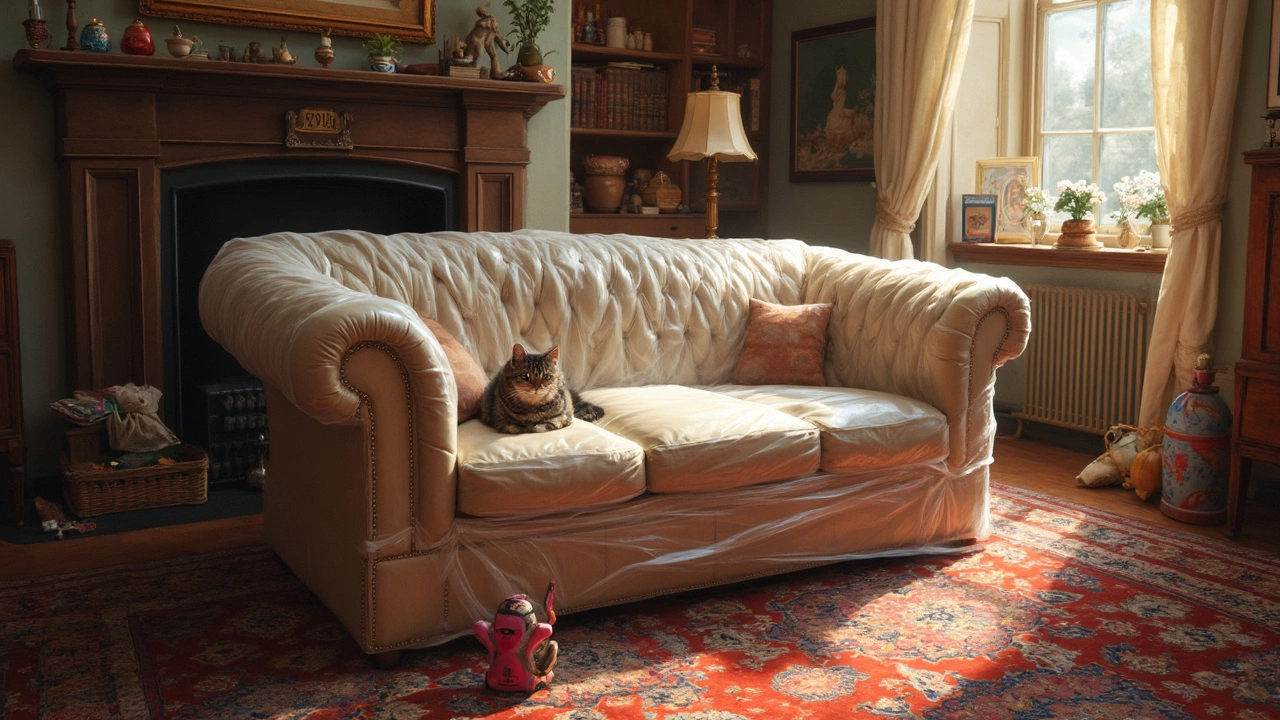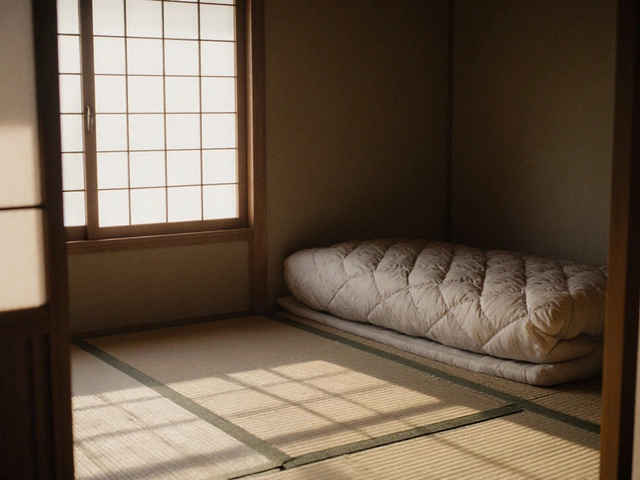Sofa Care Guide: Simple Steps to Keep Your Sofa Looking New
Got a sofa you love? It’s easy to let daily life wear it down—coffee spills, pet hair, and sunlight all take a toll. The good news? A few quick habits can add years to your sofa’s life and keep it looking fresh.
Everyday Cleaning Basics
Start with a weekly vacuum. Use a soft‑brush attachment and go over the whole surface, paying extra attention to creases where dust loves to hide. If your sofa has removable covers, pop them off and toss them in the washing machine on a gentle cycle. For non‑removable fabric, a light spray of water‑mixed vinegar (one part vinegar to three parts water) works wonders on mild stains. Just blot—don’t rub—so you don’t push the stain deeper.
Spill? Act fast. Blot with a clean cloth, then sprinkle a little baking soda on the area. Let it sit for five minutes to lift the moisture, then vacuum it away. This trick handles everything from juice to wine without leaving a mark.
Protecting Your Sofa from the Elements
Sunlight is a silent foe. A sunny window can fade colors and weaken fibers in just a few months. Move the sofa a few inches away from the window or use sheer curtains to filter the light. If you have pets, a washable slipcover is a cheap armor. It slides on and off, keeping fur, claws, and drool off the upholstery.
When it comes to pets, a lint roller does more than clean hair. The sticky surface also pulls out tiny dander that can irritate skin. For sharper claws, trim them regularly or add a pet‑friendly blanket on the seat area.
Seasonal care matters, too. In winter, avoid placing the sofa directly next to heating vents—dry heat can crack leather and dry out fabric. In summer, keep the room’s humidity balanced; too much moisture can lead to mold on the back of cushions.
Rotating cushions every few weeks spreads out wear. Flip side‑sleepers so the opposite side faces up, and move corner pieces around. This simple move stops one spot from sagging and keeps the overall shape even.
If a cushion starts to lose its bounce, a quick fix is to add a thin layer of foam underneath. It’s cheap and gives the cushion a fresh lift without a full replacement.
When repairs become more serious—like a tear or stubborn stain—consider reupholstering. In 2025 the average cost to reupholster a sofa ranges from $800 to $2,500 depending on fabric and size. A well‑chosen fabric can hide minor wear and match any new décor, making reupholstery a smart investment over buying a brand‑new piece.
Finally, keep an eye on the frame. A creaking or wobbling base usually means a loose screw or a worn joint. Tighten any nuts you can reach, and if the frame feels weak, a simple wood glue or metal brace can save the sofa from collapse.
With these easy steps—regular vacuuming, quick spill action, sunlight protection, cushion rotation, and timely repairs—you’ll enjoy a sofa that stays comfortable and attractive for years. No fancy tools, just a little attention and a few household items. Your sofa will thank you, and your living room will always look its best.
Why Keep Plastic on Couches? Unpacking a Quirky Tradition
Many households wrap their couches in plastic to preserve their condition. This enduring practice offers protection against spills, pet hair, and other potential damage. While it might seem old-fashioned, it proves practical for those with young children or pets. Exploring the reasons behind this choice reveals cultural, practical, and even nostalgic influences on keeping couches under wraps.







